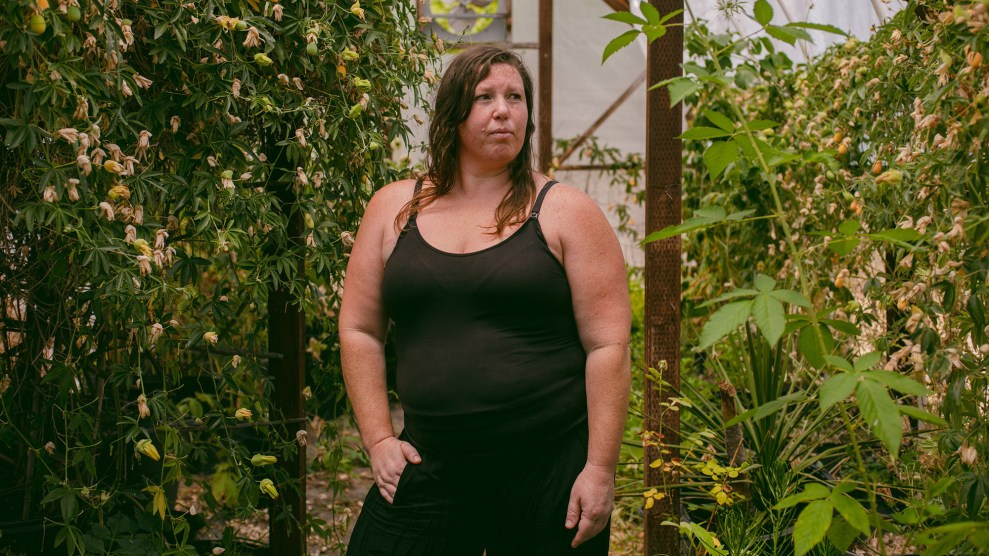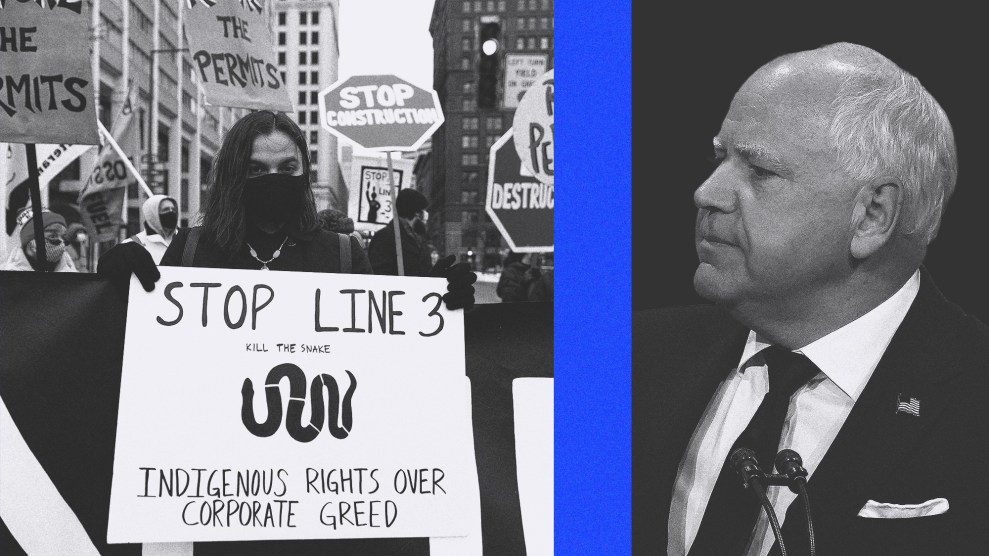Speaking in Phoenix, Arizona on Wednesday, President Obama said his $75 billion home mortgage rescue plan would “save ourselves the costs of foreclosure tomorrow,” but “not help speculators who took risky bets on a rising market.” As David Corn highlighted earlier, Obama tempered his appeals to populism and community feeling with a call for responsibility. “Solving this crisis will require more than resources – it will require all of us to take responsibility,” Obama said. Great. But how does the plan actually work? Here’s a primer.
The first part of the plan is a fairly simple regulatory fix that allows homeowners with Fannie Mae and Freddie Mac mortgages who owe between 80 and 105 percent of what their homes are worth to refinance those mortgages. Previously, only borrowers who had at least 20 percent home equity could refinance. By refinancing at a lower rate, borrowers could save thousands of dollars annually on their mortgage payments.
The second part of the plan focuses on encouraging banks to work with homeowners to modify existing mortgages, which is different from refinancing. The pre-existing “Hope for Homeowners” plan, passed in the closing months of the Bush administration, tried to do this, too, but it didn’t work very well. Banks
just didn’t seem very eager to modify terms to help people stay in
their houses. But the new plan, says the Center for American Progress’s
Andrew Jakabovics, is “light years ahead of anything we saw coming out of the Bush administration.”
One big difference with Obama’s plan, Jakabovics says, is that it
will functionally be “far more compulsory” than the Hope for Homeowners
program. Recipients of TARP money will have to participate, and banks
will likely be reluctant to turn down government bailout money just so they
can avoid modifying terms on home loans. And banks that don’t participate might find their loans modified anyway—in the only part of the plan that requires Congressional approval, Obama asks that bankruptcy judges be given the ability to modify loan terms in court. (Judges already have the power to modify terms on people’s second and third homes, but not on primary residences).
Just because the plan will be forced on TARP recipients doesn’t mean it’s a horrible deal for the banks. After the lender reduces interest rates enough so that the borrower’s monthly payment is less than 38 percent of his or her income, the government will split the cost of further payment reductions with the bank, down to a (supposedly sustainable) low of 31 percent. On top of that, lenders will get a cool $1000 for every loan they modify, and further payments if the borrower stays current on the modified loan. And after five years, when the housing market may have recovered, the lenders will be able to start stepping the interest rate back up to the original rate.
What the Obama administration is hoping is that the new payments and government cost-sharing, combined with the threat of bankruptcy court modification and the mandatory participation provisions, will make banks more likely to modify mortgages than they otherwise would be. There’s some reason to believe that will be the case, says Jakabovics. “Banks recognize foreclosure is going to be far more costly,” he says. The cost of holding properties right now is very high because declining home values, a slow market, and the credit crunch mean foreclosed homes stay on balance sheets for months on end, declining in value and incurring property tax and maintenance costs that banks don’t want to pay. Keeping Americans in their homes could be a good deal for banks, too.
The third part of the Obama plan is mostly aimed at keeping interest rates low. The Obama administration will try to do this by having the Treasury Department buy up the dreaded mortgage-backed-securities from Fannie Mae and Freddie Mac, hoping to somewhat reinflate the market for those financial products. Unfortunately, Treasury is probably overpaying for the toxic assets, which have few, if any, other buyers. Economist Dean Baker emails: “The intention is to pay too much. We will take a hit—it’s guaranteed… We get whacked on buying Fannie and Freddie MBS at very low rates today.” In addition to trying to prop up the MBS market, the Treasury will inject another $200 billion into the two GSE’s.















